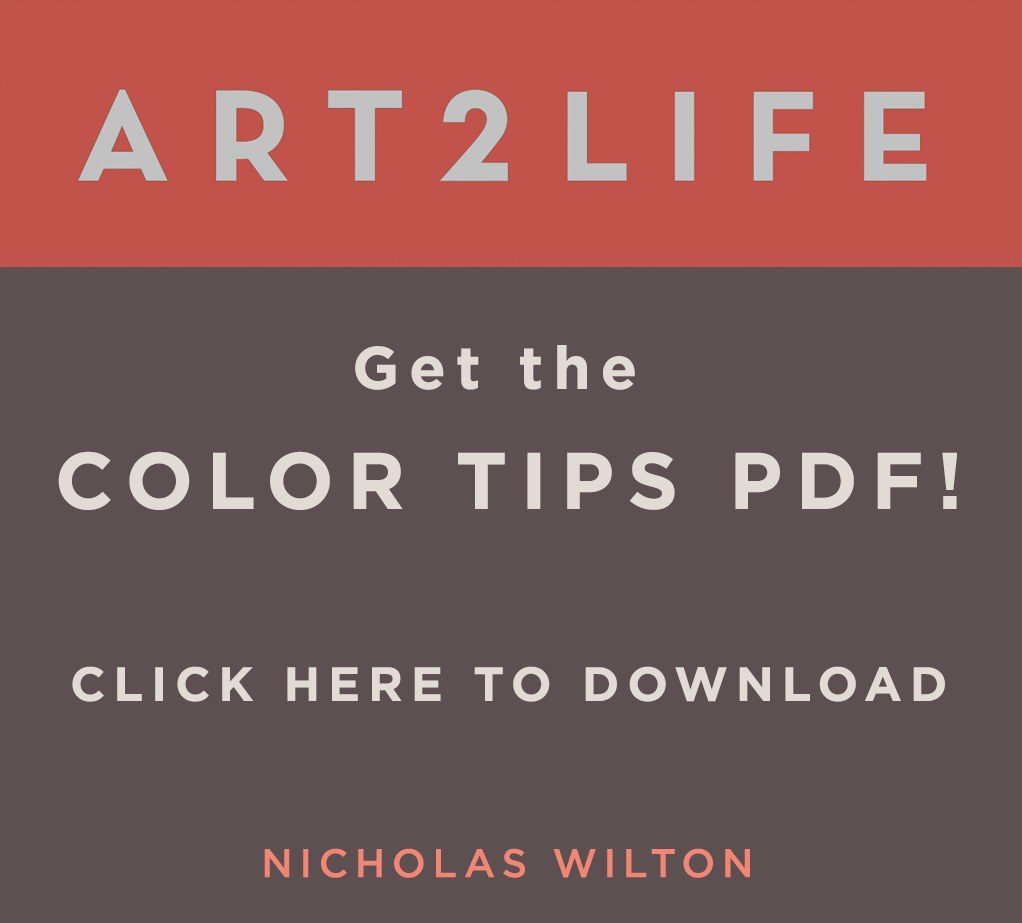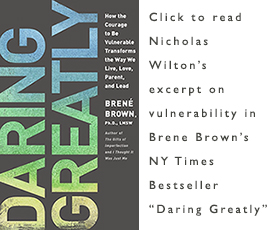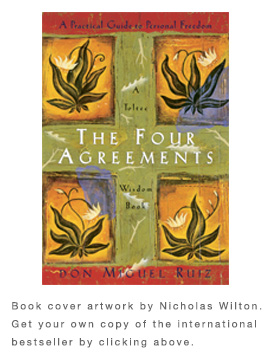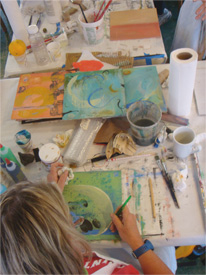How to Know When You Need to Change Your Art
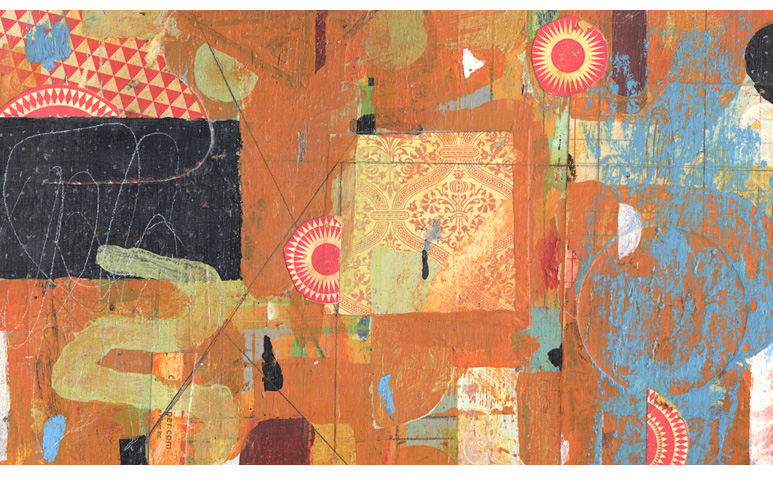 It seems once you arrive at a good place with your work, in no short time, this place begins to lose its appeal. Over time it even can become boring. The only way out of this is to change our work. Knowing how or when to change is not always apparent. This can be tiring, scary and bewildering. It seems we never can just arrive and stay happily ever after.
It seems once you arrive at a good place with your work, in no short time, this place begins to lose its appeal. Over time it even can become boring. The only way out of this is to change our work. Knowing how or when to change is not always apparent. This can be tiring, scary and bewildering. It seems we never can just arrive and stay happily ever after.
This might be why making art is so challenging for people to start – certainly it plays into why so many artists find making art unsustainable. Do you ever wonder why you signed up for a lifetime of pushing this big rock always uphill? I do.
There is, however, a way out. And this way out is called change. Yes, it is hard, but even with its inherent uncertainty it is far more palatable than the onset of boredom. This state is worrisome because like an incoming tide at night, it happens so slowly that you sometimes don’t even realize it is happening. Boredom in your practice can be incredibly time consuming and emotionally draining. Going through the effort of making art with all its costs and time only to later realize that you never really liked doing it or where you ended up can be super depressing. Sometimes it can feel so bad that you can feel like giving up art entirely.
So it is important to catch boredom early and instigate change. But how do you know it is time?
I have a difficult time recognizing when it is time to change and shift my art into a new direction. Over the years however I can look back and see a pattern in the clues that slowly begin to arrive. Most of the time I have ignored them, thinking I can avoid the inevitable. I try now to just be proactive as soon as the first signs of needing to change begin to arrive. It saves me a lot of time and heartache.
Here are the 3 clues that consistently show up. When these 3 arrive they help me to know that fortunately, unfortunately it is time to change. Maybe they can help you too.
Change in your Art might be needed when…
1 You look more and more outside your Art for reassurance.
When my work loses it’s potency and I am too afraid to change it, I tend to focus on what the gallery, or collectors or even friends have said positively about my work. I must be doing well because I sold this or someone said that positive thing about my painting, is a thought that might cross my mind. I even re-read favorable emails to bolster my sense that I am still happily on course. The problem is, of course, that it actually is never enough. In Art it should never be about what everyone says, or how or who bought your art or how many likes you received on facebook. The resting place is only found by actually making your Art and making it more and more like you. Creating Art that you love, even if that feeling only lasts for a week, thankfully, trumps all externalities.
2 Your day seems long.
Losing track of time might be the gold standard for what we are all after in our Art making. I often say this during the later stages of a workshop once everyone in the room is comfortable and have totally dropped into making Art. There is a palatable hum in the room, a collective ease and just this meditative focus that occurs when everybody is finally just making their art. The anxiety and the comparisons with the work of others fades away, and all that remains is color, wonder and curiosity. This state, this way of being like a kindergartener making art, is as good as it gets. It is also when time amazingly stops. If it has been awhile since this has happened to you, then more often than not your art is signaling to you that it needs to change.
3 You compare yourself to others
It is important to look at art that amazes you. It is dizzying to spin around the internet and see the myriad forms of expression that exist. I no longer can do this anytime near my bedtime because I can’t sleep afterwards. It is that inspiring, that wonderful.
But the practice of looking at the art of others is very different from the practice of making your own. It can feel like we are progressing by spending inordinate amounts of time looking at others’ work but ultimately our work only really progresses when we are quietly standing in front of it. When our art loses its allure because it has remained the same too long in our eyes, then standing in front of it no longer fills us, stimulates us in the way it once did. So we go to the next best thing: Art, not made by us but by others. It seems logical but going, once again, outside yourself for the answers never really provides them. If you find yourself spending more and more time looking at other artists’ work it might just mean that boredom within in your own practice is setting in.
The challenge, the hard part of making strong art, is also its supreme gift. This idea that we can’t really game the practice of making art is a good one. We have to be truly into it, totally engaged to make something worthwhile, and though this can be challenging, you wouldn’t want it any other way.
To be reminded every day, every time we step into the practice of making art that we need to pay attention, right now, right here, is a blessing. It is a good thing to be vigilant to the fact that our time here is truly limited. What we make matters and will ultimately be measured by the changes that occurred, the risks taken and whether or not we truly were present at the time.
Have your experienced any of these 3 signs of boredom in your work? How have you dealt with them? I would love to read your thoughts on this.
In gratitude, Nicholas
The Power of You
Sometimes the art we make can look like someone else’s art. We all want to be original but the fact is we are all seeing and getting inspired from the thousands of images we see. How original can we be? Recently I was working on a painting and saw how similar it was to another artists work. It surprised me and made me wonder about originality and influence. I was reluctant to talk about this because I saw how attached I was to being so original.
We are all unique but we also share the same world. How original can we be? Why are we so attached to being so? And in the end are we?
I am curious and would love your feedback.
In gratitude, Nicholas
PS By the way, here’s a link to the amazing artist’s work I mention in the video: https://www.artsy.net/artist/caio-fonseca
PSS I’m starting my free online workshop soon and I would love to have you participate – plus it’s a great way to kick off the new year! To register, just go to www.artlifejoy.com
Where to Find the Answer
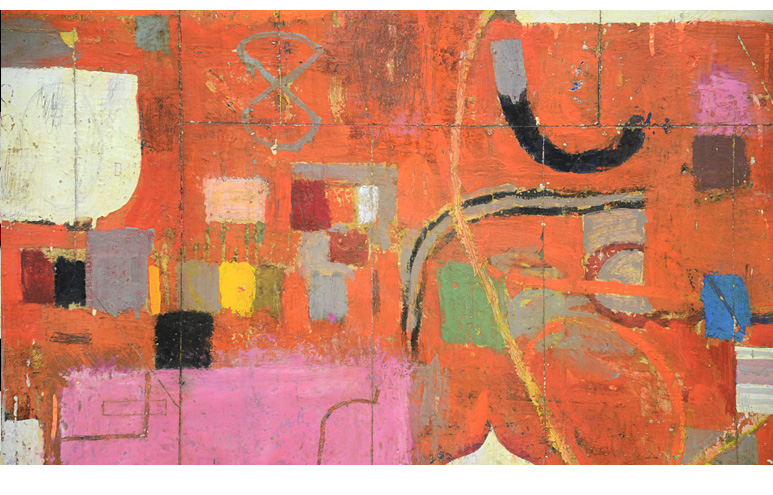 Sometimes I get so caught up in trying to finish paintings, or the business aspect of my art, that I can lose track of what I actually am doing in my art. What is this art all about? Where is all this headed?
Sometimes I get so caught up in trying to finish paintings, or the business aspect of my art, that I can lose track of what I actually am doing in my art. What is this art all about? Where is all this headed?
I know that I am dead set on improving, and I am always looking for signs of this in my art, but forgetting to ask this larger, more salient question about overall direction can often postpone one’s creative progress.
Just because the work looks better might not necessarily mean we are headed in a direction that is truly ours. Just like travelling down a road in order to arrive at a destination, there are circuitous routes and there are direct routes. From time to time I like to take both of these.
However, what I don’t particularly enjoy is repeatedly going into cul-de-sacs. Those give you the feeling of moving, but since you actually are just going in circles you always arrive at the same place over and over again. Ultimately this leads to boredom and although your work is repeating quite nicely, it is, in the end, remaining the same. The whole concept of going somewhere, the evolution, at least for now, has quietly come to a standstill.
And sometimes this is fine of course. It isn’t always about getting somewhere. It is ok to have a resting place. But eventually the innate desire for one’s work to become more aligned with oneself begins to grow.
So how do you find your way back onto a road that is actually going somewhere you are pretty sure you want to go?
It is a challenging question. It is also one, I have come to realize, that needs to be asked frequently. The answer, at least in part, can be found, not by trying to imagine unmade work in the future but by simply turning around from time to time and looking at the arc of your art behind you.
This is just such a simple idea but it is one that I so often forget. The trail of work, the evidence of my past efforts, some good, some not so good, that is building up behind me holds significant parts of the answer to this very relevant question.
Make it a habit to review what you have been making. Look for aspects of the work that still resonate with you. In other words, what is a Yes! And more importantly, what is a No? It might be color, it might be some kind of spontaneity or mark making but whatever it is, if it still is relevant, if it still sparking for you then re-affirm this in the future work. Keep it.
Conversely, if there are aspects that no longer feel like you, be proactive and let them go. This actually is the harder action to take. It is the same kind of nagging difficulty with letting go of all those clothes that, although are perfectly fine, are no longer like you. It is hard but important to shed them.
If you can move forward with your thinking more focused upon what you actually do love, what aspects of your art making that have in the past brought you more alive and unceremoniously leave behind those that no longer do, then your art will shift. It will improve.
It might feel a bit foreign initially to be setting off in a new direction, especially in a car that most of your baggage has been removed from. However it is this partial emptiness, the spaciousness that you have created that enables the new, more relevant aspects of your future art to be ushered in.
It is exciting and entirely possible, now that you are moving again, that just up ahead or around that next bend, you just might find even more of the answer you have been looking for…
In gratitude, Nicholas
The Secret for 2018
It seems like lately I’ve been busier than ever, and staying on top of it all without becoming stressed can be a daunting task.
Fortunately, there’s a secret to being organized and happy, and I want to share it with you as we go into 2018.
Click on the image to watch the video and let me know what you think – how do you manage everything in your life?
Have a great night this New Year’s Eve and an even greater 2018!
In gratitude, Nicholas
PS I’m starting my free online workshop soon and I would love to have you participate – plus it’s a great way to kick off the new year! To register, just go to www.artlifejoy.com
Improving Your Art the Easy Way
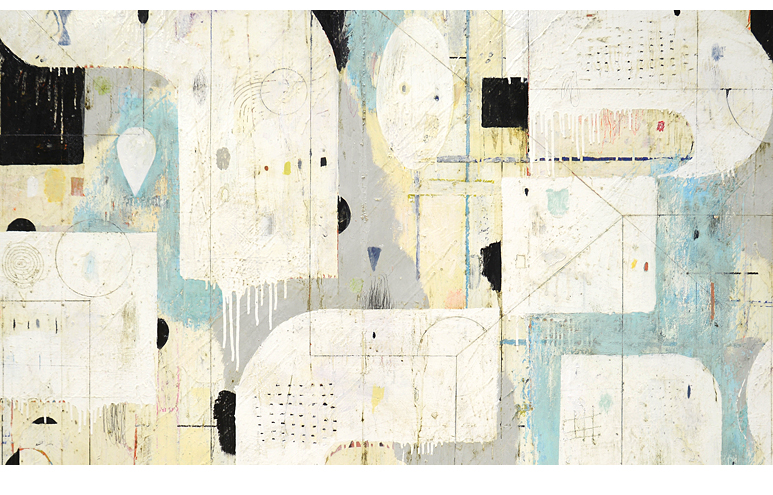 I have noticed an interesting thing about how I learn and improve my art. I used to think the more time I spent painting – meaning the actual, physical time I spent working hard – was in direct proportion to how much my work improved.
I have noticed an interesting thing about how I learn and improve my art. I used to think the more time I spent painting – meaning the actual, physical time I spent working hard – was in direct proportion to how much my work improved.
Over the years, working hard is just something I felt was my only option if I wanted to make my art really great. The harder I worked, I thought, the faster and better my art would become…Now, years later, I think that maybe I had it all wrong.
I began to understand when I was listening to the poet and philosopher David Whyte speaking in San Francisco a couple of years ago. He said something I didn’t completely understand at the time, but which I wrote it later so that I could.
He said, “…Visitation, absence, visitation, absence, visitation, absence, (he this repeated over and over again) is how we learn.” In other words, the time between the periods of effort, the pauses are fundamentally as important as the periods of work. He believes that this “on, off and on again “ process produces more consistent, more substantial results. It is not how long we work but rather how often. I have now come to realize that this is also true for me.
I taught a 5-day workshop on Vancouver Island in British Columbia. This is an amazing opportunity for people to spend an unbroken period of time just focusing on their art. The improvement is extraordinary. However, I also have taught a 6 week, 3 hours per week evening course in my studio. What I have seen, amazingly, was that these students – even though they were only working 3 hours a week – also have had similar remarkable improvement even though they were working half as much time as those in the workshop.
I now understand that even though they were not physically painting as much, they were, nonetheless, still thinking about principles they had learned. Examples of color, value, and composition all begin to creep into their everyday life and as a result their visual sensitivity increases. Miraculously they just improved every time they came to class.
So maybe we don’t need to work harder forever and ever, but instead just sometimes put the brushes in the can of turpentine and go away for the afternoon. In the name of improving my work, I now should go bird watching more often. Or collect driftwood or even play some bocce ball. Just mix it up.
Visitation, absence, visitation, absence. This is truly how we learn. I think this way of working is going to work out much better not just for my art but for my life as well.
What do you do to stay inspired with your work?
In gratitude, Nicholas
Art and the Pursuit of Happiness
I was talking with a friend of mine yesterday and the discussion inevitably led to the topic of art, and what motivates us to create. The answer, we realized, is beautifully simple.
Watch the video and let me know what you think – what inspires you in your work?
In gratitude, Nicholas
PS I’m starting a free online workshop soon and I would love to have you participate. To register, just go to www.artlifejoy.com
3 Steps to Make Your Dreams Come True
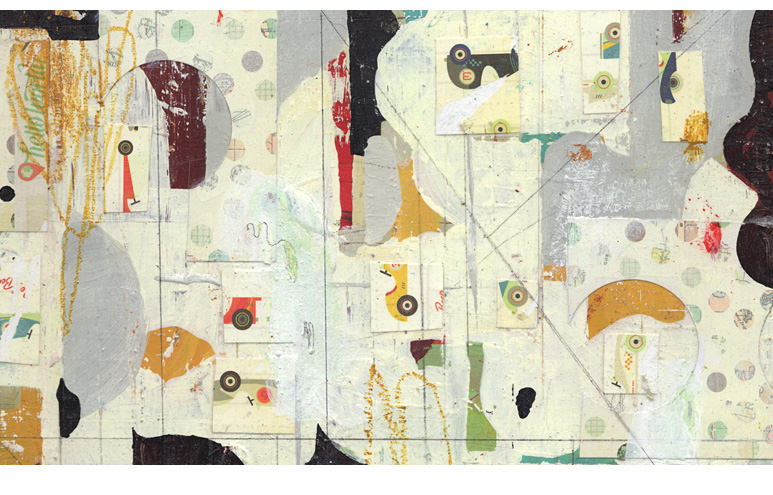 If you have a dream, something you are passionate about achieving in your life, sometimes it can be reassuring to look back a few years. How did you previously accomplish something that is now present in your life that was at one time just a dream?
If you have a dream, something you are passionate about achieving in your life, sometimes it can be reassuring to look back a few years. How did you previously accomplish something that is now present in your life that was at one time just a dream?
I do this all the time. In doing so, I have noticed a pattern of behavior.
There have always been a series of sequential steps taken. They have been present in every journey I have taken from a dream to reality.
These steps have become so familiar I finally just had to give them a name. I call it the Pattern of Desire.
Maybe this could be helpful for you too.
Step One – Begin in any way possible.
This is the hardest step as it involves some degree of courage. Whatever that thing is you desire, whether it is writing a blog, dramatically improving your Art, learning to sing (that one terrifies me) or even quitting your day job to do whatever that is your more passionate about, you first must just do one thing.
You must begin. The first steps can be small but they are essential. Do that one thing that moves you a tiny bit closer towards the dream.
The “Living on the Amalfi Coast in Italy, making Art in the morning and swimming in the warm sea every afternoon” dream (Oh you have that one too?) might possibly start by taking a beginning Italian class at the local community college. Getting your Art in a prestigious gallery might begin by taking a trip to visit and possibly just saying hello.
It is hard because it is an actionable step. You must DO something. You must be proactive. It is scary because any worthwhile dream carries within it the fact that you have never actually been there before. It is all brand new. And that is scary.
So make it a small step but simply begin it in any way possible. The pattern will not work if this step is not first taken. The world will never know what truly extraordinary thing you were thinking of bringing to life. You simply must first begin.
Step 2 – Talk about it
The repercussions of taking an actionable step towards whatever that desired thing is in your life is significant. Almost immediately the payback comes in some form of exhilaration. Pushing send on that first ever blog post you just wrote, or starting to paint on the biggest painting you have ever tried, gives you the secret sauce you need to maintain momentum. It also is newsworthy.
I always tell my students that the challenges they are overcoming, getting their work from A to B might not be pretty, it might be hard but it is almost always super interesting for other people to hear about. We all appreciate the Mona Lisa but wouldn’t it be fascinating to hear how Leonardo felt insecure the day he painted it? That he was going to work on that other painting of his neighbor’s dog but since he couldn’t find it in his messy studio he just decided to work on the one of that rather plain looking girl he had started but didn’t feel particularly good about?
So let the thrill of beginning enter your life and share it with those around you. Talk about what it feels like to have your first ever reader comment on something you have written, say you feel happy in Italian or share on Instagram a photo of that started painting that is so big it practically couldn’t fit into your studio.
It is not boasting. It is generosity because your willingness, your bravery to take a step towards whatever it is you desire in your life inspires everyone around you. Talking about it, sharing it also adds to your momentum. Like a child first learning to ride a 2-wheel bicycle, you are wobbly but OMG! I think I am actually doing this and now the feeling is contagious. This is big news. Make sure all those you care about know about it. Tell them your dream is starting to come true. Because, in fact, it is.
Step 3 – Teach Someone
I used to think I had to be the world’s biggest expert to teach. I now see how that thinking was flawed. It really held me back for years from helping people because of course I never could really become the world s biggest expert in anything. It is also not necessary. In fact, all that is needed is that you are simply just a few bends down the road ahead of the person you are teaching. So wherever you are on the road to accomplishing whatever you desire in your life, I assure you there are quite a few people behind you wishing they were where you are right now.
So help them.
The act of teaching, offering guidance will not only be super helpful for those around you but equally important to you. There is enormous personal conviction gained by teaching. The universal principles of first giving and then in turn receiving – not to mention the confidence and personal authority that all comes with helping others – is often all the additional tailwind that is needed to hold your course steady to the realization of your true desires.
It does of course take time. It might take years. However, knowing that you are on a reliable course, that there is a worn path ahead of you, makes the journey far more doable. If the journey is familiar, it will be palatable. The path can be enjoyable and even exhilarating. If it is, there is a strong likelihood you will remain upon it. And of course if you do, then that desire that once was only a dream, might just possibly come true.
What are some of your dreams?
In gratitude, Nicholas
Tahitian Aqua
I wanted to share with you my recipe for this great tropical blue color I frequently use with my work. You can’t buy it in any store, so I thought it would be a perfect topic for the Sunday Blog.
Click on the image to watch the video and let me know what you think – do you use any colors that are particular to your practice?
In gratitude, Nicholas
PS I’ve put together a free assessment designed to help artists identify and solve their biggest art making challenge. You can take it by going to www.artlifenew.com. If you find it helpful, please feel free to pass it along to anyone who you think could benefit from it.
What feels harder than making art?
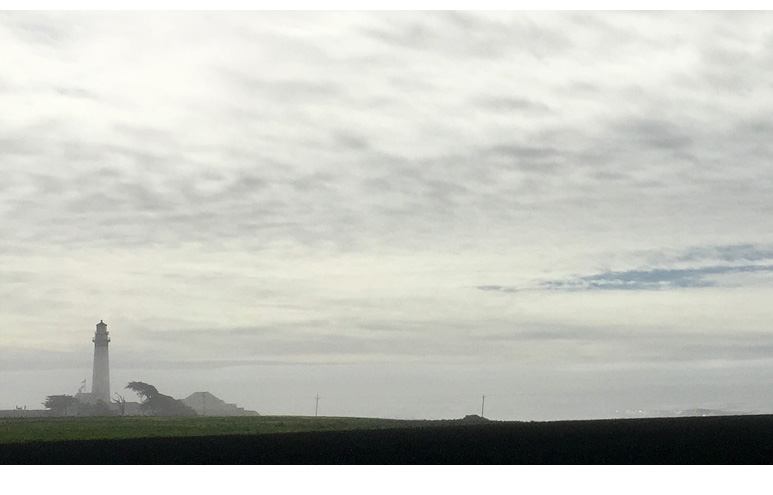 One of the hardest things in my life I have ever done was become an artist. Like so many people, I had serious doubts. I saw my life hadn’t been one of any particular struggle. I believed great art had to come out of monumental struggle. A place of deep anguish.
One of the hardest things in my life I have ever done was become an artist. Like so many people, I had serious doubts. I saw my life hadn’t been one of any particular struggle. I believed great art had to come out of monumental struggle. A place of deep anguish.
Nothing particularly traumatic ever occurred in my life. Finally, I just decided that even though my life wasn’t filled with huge amounts of pain, there was plenty- it was filled with that I wanted to express. I chose painting and actually writing to do this. I am still figuring it out.
Over time I was able to slowly build up the self-confidence to put my art out in the world. And of course your art is actually you. This is why it is so scary.
Our biggest fear is that we will be criticized. Someone we don’t know or even worse, someone we actually care about, will tell us what we are making is not adequate. It doesn’t measure up and as a result of our efforts we somehow are less.
When this occurs it can rupture the relatively thin filament of self-confidence we as artists have so slowly and tenderly built up within ourselves.
Usually those people who put you down are not artists and therefore their words, at least for me, are not so much of a concern. Those who have even a tiny inkling how fraught the creative process is with insecurity and self-doubt rarely feel the need to make the situation worse for someone.
But when it happens, and it will, don’t let it. Don’t give it too much attention. Somewhere I heard the saying “Don’t let it rent space in your brain” which I love.
Hear it, consider it, look for a morsel of learning if there, and then step away.
Let it go and move only towards the people and things that bring you alive.
And never, never look back.
The Clifford Wilton Ashland Museum Show
I visited my late father’s show at the Schneider Museum of Art in Ashland, Oregon, last weekend and I wanted to share this little recording I made with all of you. He was clearly a man of talent and skill, and it was amazing to be able to see all of his work in one location, hanging in this beautiful space.
In gratitude, Nicholas
PS I’ve put together a free assessment designed to help artists identify and solve their biggest art making challenge. You can take it by going to www.artlifenew.com. If you find it helpful, please feel free to pass it along to anyone who you think could benefit from it.
